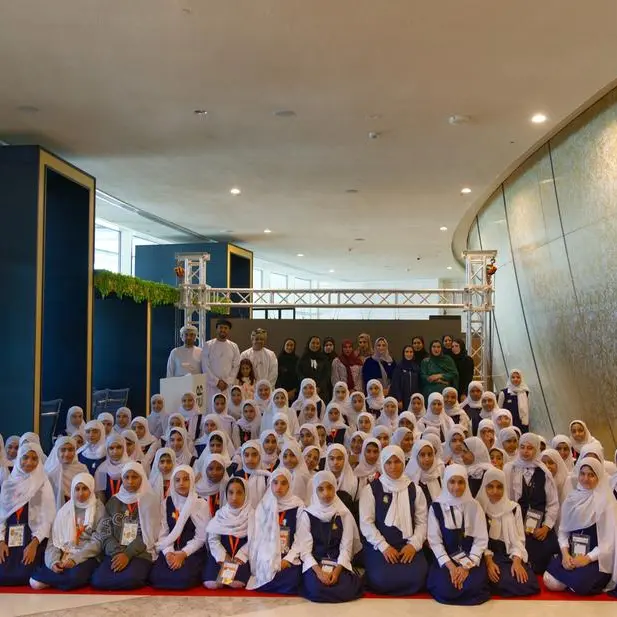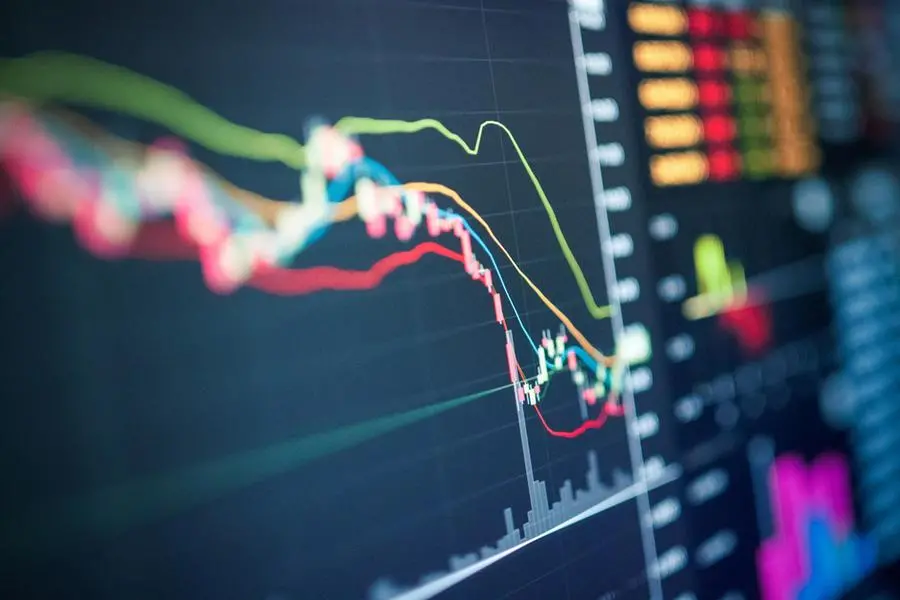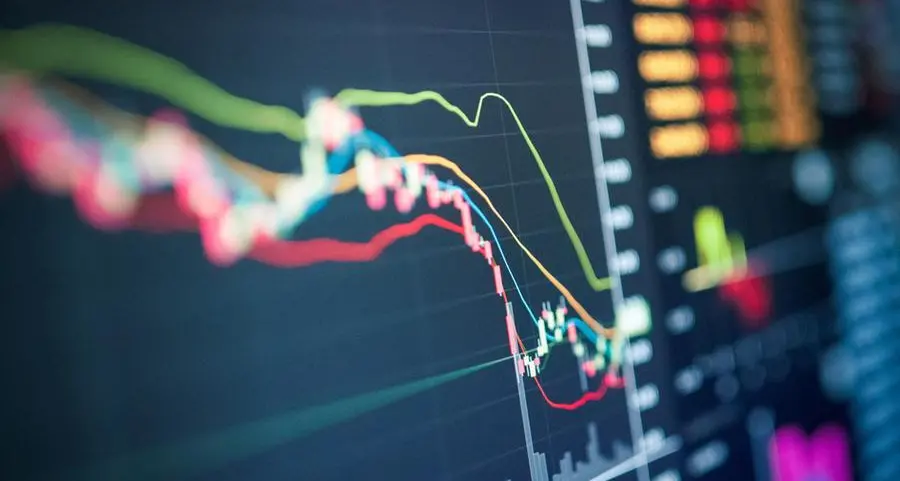“Saudi Arabia is in the so-called Dust Belt, emitting about a third of the world’s dust emissions,” said Professor Georgiy Stenchikov, Director of the Earth Science and Engineering Program in Physical Sciences and Engineering at KAUST. “Dust affects the entire world and it is the most abundant aerosol on Earth.” Based on satellite data, scientists have found that the amount of dust over the Red Sea is greater than over the land, with the largest radiative cooling effect of the sea in the world.
“Dust cools the surface but warms the atmosphere, which is how it changes the circulation,” Stenchikov highlighted. “The Sahara dust shifts the Rain Belt in the summer to the north, increasing the circulation in the Sahel, for instance, so droughts would be more severe if there were no dust.” Climate change is caused by the increasing concentration of greenhouse gases, which increase the Earth’s temperature. At the same time, the atmosphere is full of aerosols, which could either be natural or anthropological, that absorb and reflect solar radiation.
“Dust is a very complex aerosol,” Professor Stenchikov noted. “Not only does it reflect solar radiation, it also absorbs solar and infrared radiation and affects the atmospheric circulation, so it produces an extremely strong and complex effect overall on the circulation and the climate.” “The concentration of dust in this center is very high,” he added. “The radiative effect is very high so the effect on the climate is also very strong – it affects the climate over land, the Red Sea and nearby waters. Dust deposition also provides nutrients to the sea.” In their paper published in the Journal of Geographical Research, the researchers showed that the climatological dust radiative forcing over the southern Red Sea is the largest in the world and, for the first time, studied the role of its effects in the region.
According to Dr. Sergey Osipov, from the Atmospheric Chemistry Department at the Max Planck Institute for Chemistry in Germany, primary author of the study, it is essential to study mineral dust aerosols because of the broad spectrum of effects that span from our daily routines to climate change.
“In terms of the environmental hazards, dust contributes to ambient air pollution, which was recently recognized as a major health risk that reduces life expectancy,” Dr. Osipov continues.
“Dust is also a major climate driver, and its radiative effects are especially pronounced and relevant in the Middle East and over the Red Sea. Dust aerosols reduce the extreme surface air temperatures over the land and protect the coral reefs in the Red Sea.” The paper demonstrates that dust is an integral part of the Earth system and participates in numerous complex interactions. The research team continue their work to understand these mechanisms and to account for them in models to improve the reliability of future climate projections at a local, regional and global scale.
-Ends-
Contact:
Alexander Buxton,
Senior Advisor for Academic Affairs
Global Branding & Communications
E alexander.buxton@kaust.edu.sa
T +966 (0)12 808 3140
C +966 (0)54 470 1577
About KAUST
Established in 2009, King Abdullah University of Science and Technology (KAUST) is a graduate research university devoted to finding solutions for some of the world’s most pressing scientific and technological challenges in the areas of food, water, energy and the environment. With 19 research areas related to these themes and state-of-the art labs, KAUST has created a collaborative and interdisciplinary problem- solving environment, which has resulted in over 11,000 published papers to date.
With over 100 different nationalities living, working and studying on campus, KAUST has brought together the best minds and ideas from around the world with the goal of advancing science and technology through distinctive and collaborative research. KAUST is a catalyst for innovation, economic development and social prosperity in Saudi Arabia and the world.
For additional information, visit: www.kaust.edu.sa
© Press Release 2020Disclaimer: The contents of this press release was provided from an external third party provider. This website is not responsible for, and does not control, such external content. This content is provided on an “as is” and “as available” basis and has not been edited in any way. Neither this website nor our affiliates guarantee the accuracy of or endorse the views or opinions expressed in this press release.
The press release is provided for informational purposes only. The content does not provide tax, legal or investment advice or opinion regarding the suitability, value or profitability of any particular security, portfolio or investment strategy. Neither this website nor our affiliates shall be liable for any errors or inaccuracies in the content, or for any actions taken by you in reliance thereon. You expressly agree that your use of the information within this article is at your sole risk.
To the fullest extent permitted by applicable law, this website, its parent company, its subsidiaries, its affiliates and the respective shareholders, directors, officers, employees, agents, advertisers, content providers and licensors will not be liable (jointly or severally) to you for any direct, indirect, consequential, special, incidental, punitive or exemplary damages, including without limitation, lost profits, lost savings and lost revenues, whether in negligence, tort, contract or any other theory of liability, even if the parties have been advised of the possibility or could have foreseen any such damages.



















